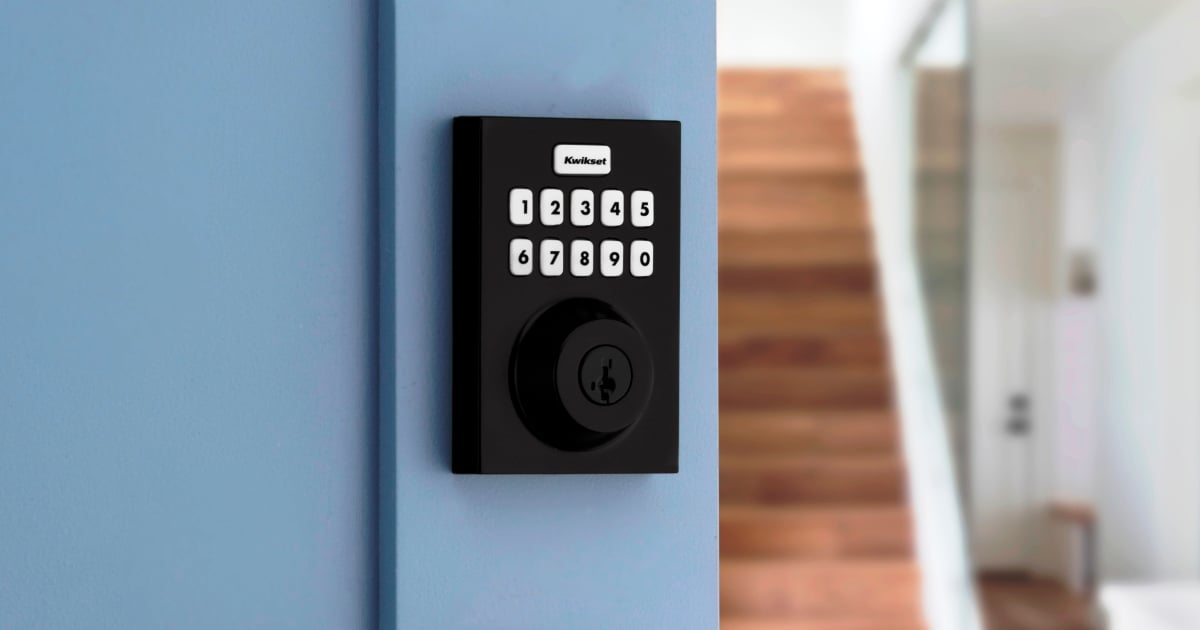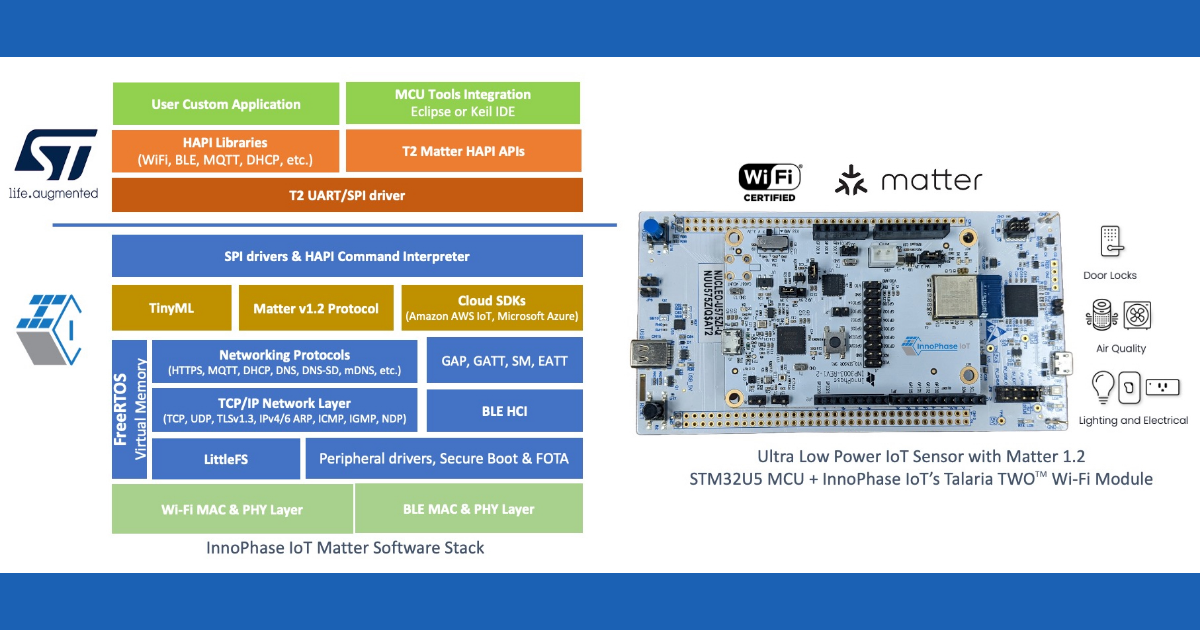Prudent homeowners considering a smart thermometer and smart vents should weigh their benefits and drawbacks. While the multi-zone temperature control for smart homes is optimal for some, others may do best with an alternative. The HVAC industry has evolved considerably over the past 50 years, with Internet connectivity and smart home technology recently coming into the fold.
 Multi-zone temperature control essentially splits your home into multiple zones, and an individual thermostat controls each zone’s temperature. Smart homes can benefit especially by giving homeowners the ability to set the temperature remotely.
Multi-zone temperature control essentially splits your home into multiple zones, and an individual thermostat controls each zone’s temperature. Smart homes can benefit especially by giving homeowners the ability to set the temperature remotely.
Pros of Multi-Zone Temperature Control
Greater Control and Comfort
One of the primary benefits of multi-zone heating and cooling is greater control over your home's temperature. For example, households can be all over the place in their temperature preferences, with some family members preferring it 68 degrees and others favoring a balmier 72 degrees. Whereas a central heating and cooling unit strives for a universal temperature setting, multi-zone temperature control accommodates the temperature preferences of each person living in the home.
Energy Savings
The complexity and investment required for a multi-zone system may suggest a lack of efficiency, though a correctly installed system can help you save substantially on your utility bills. For example, you can set more frequently used rooms a specific temperature that's ideal for living, while you can set less-used rooms like a storage area to a lower temperature. Whereas a central unit exhausts energy to set the entire house to a set temperature, multi-zone temperature control only uses energy in the rooms you specify.
Remote Controlling
The ability to remotely control a room's temperature with multi-zone temperature control is very convenient, especially when you're coming home from work on a chilly night and want to ensure your home is nice and toasty. Additionally, you can set the system to work less while you're away, helping save on energy bills. The flexibility to set your temperature from anywhere has multiple advantages, from increased comfort to energy savings.
Cons of Multi-Zone Temperature Control
Ample Equipment
Certainly, a multi-zone heating and cooling system requires considerably more equipment than just throwing an AC unit into a window. A multi-zone system uses electronic baffles to help direct airflow to and from the various zones in your home. More parts also mean more things can break, making a technical malfunction more challenging to diagnose with all the moving parts. You can always call a professional for a fix, though unlike a standard AC unit, it's doubtful you'll be able to repair it on your own.
Higher Installation Cost
Compared to most other heating and cooling methods, multi-zone temperature control is more costly to install. The higher price tag is due to a complex duct system potentially needing to be installed, in addition to a variety of equipment and the eventual requirement of professional repair. Although it’s worth remembering a properly installed multi-zone temperature control system can save money on utility bills, the upfront cost won’t be easy to digest compared to other methods.
No Backup Option or Simultaneous Hot/Cold Ability
Multi-zone temperature operations do not have a backup method if the system fails, putting homeowners in frigid conditions and no alternatives in a dire situation that may require fleeing to a hotel room. Additionally, homes that want one room to be cooled and another room to be heated will not be able to use multi-zone temperature control, since the entire system must set on either cooling or heat.
Multi-zone temperature control has a variety of benefits, including energy savings and the ability to remotely set the temperature of a specific room in your home. Still, drawbacks that include more equipment and a higher installation cost can turn off some prospective buyers. Weighing the pros and cons of multi-zone temperature control is prudent for all interested in the investment.
Edited by
Ken Briodagh





